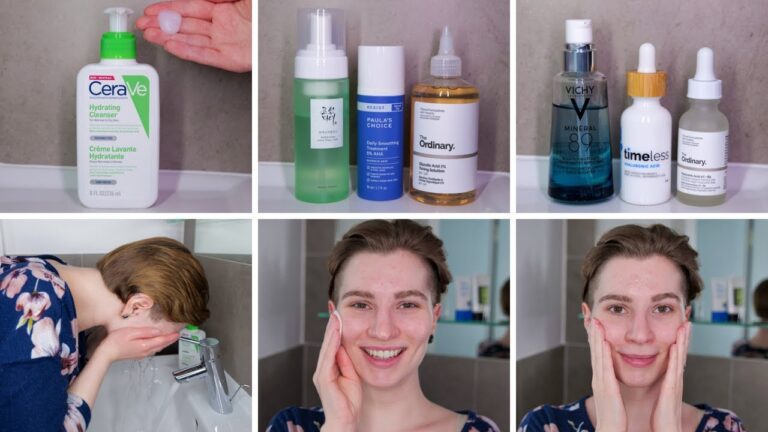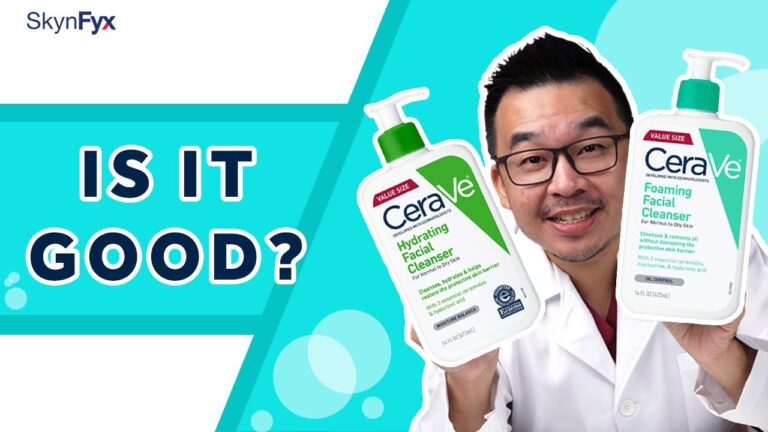How to prevent retinol redness and maximize its benefits
Retinol Redness: Causes, Prevention & Treatment
Have you recently started using retinol products only to experience redness, irritation, or flaking? You’re not alone. While retinol is touted as a miracle ingredient for improving skin texture, minimizing fine lines, and boosting collagen production, it can also trigger unwanted side effects if not used correctly. One of the most common complaints is retinol redness, which can be frustrating and uncomfortable. In this article, we’ll explore the causes of retinol redness, tips for preventing it, and effective treatment options.
Causes of Retinol Redness
Retinol is a powerful exfoliant that speeds up cell turnover and stimulates collagen production. However, it can also disrupt the skin’s barrier function and cause inflammation, leading to redness, sensitivity, and peeling. The severity of retinol redness depends on several factors, including your skin type, the potency of the retinol product, and how frequently you use it.
If you’re new to retinol, it’s essential to start slowly and build up tolerance gradually. Using a higher concentration or frequency of retinol than your skin can handle can cause irritation and redness. Additionally, if you’re using other exfoliating products like alpha-hydroxy acids or benzoyl peroxide, it’s crucial to space out their usage from your retinol products to avoid over-exfoliation and irritation.
Preventing Retinol Redness
While retinol redness can be challenging to avoid altogether, there are some measures you can take to reduce its likelihood. Firstly, always patch test any new retinol product before applying it to your entire face. This way, you can test for sensitivity and adjust the frequency of use as needed.
Additionally, always use a hydrating moisturizer with your retinol products to minimize dryness and flaking. Look for products that contain soothing ingredients like aloe vera, chamomile, or colloidal oatmeal. Moreover, avoid using retinol products when the skin is already irritated or compromised, such as after a sunburn or chemical peel. Finally, it’s essential to wear sunscreen daily to prevent UV damage that can exacerbate retinol redness.
Effective Treatment Options for Retinol Redness
If you’re already experiencing retinol redness, there are several ways to alleviate the discomfort and minimize its duration. Firstly, stop using retinol products temporarily until the redness subsides. Instead, focus on repairing the skin’s barrier and reducing inflammation. You can do this by applying a gentle, hydrating moisturizer (like CeraVe Moisturizing Cream) and using a topical anti-inflammatory like hydrocortisone cream or calming serum (like La Roche-Posay Toleriane Sensitive Fluid).
Moreover, you can try using a less potent retinol product or reducing the frequency of use until your skin adjusts. Another option is to buffer your retinol product by applying it over a moisturizer or mixed with a few drops of facial oil, which can minimize redness and irritation. Finally, if your retinol redness is severe or persistent, consult a dermatologist, who can prescribe a topical prescription-strength anti-inflammatory, adjust your retinol regimen or recommend alternative treatments.
Conclusion
Retinol is a potent ingredient that can deliver significant skin benefits, but it can also cause redness, irritation, and peeling if used incorrectly. To prevent retinol redness, start slowly, patch test, use a hydrating moisturizer, avoid using other exfoliants, and wear sunscreen daily. If retinol redness does occur, stop using retinol temporarily, repair the skin’s barrier with a gentle moisturizer and topical anti-inflammatories, or adjust your retinol regimen as recommended by a dermatologist. With these tips in mind, you can enjoy the benefits of retinol without the unwanted side effects.
Most searched products:
Does Sephora Support Israel? Answering Your Questions
The Ultimate Guide to Azealic Acid: Benefits, Uses, and Side Effects
Discover the Benefits of The Ordinary Botox for Your Skin
How Long Does Glycolic Acid Take to Show Results: Your Ultimate Guide
The Perfect Order: When to Use Retinol and Niacinamide in Your Skincare Routine
Say Goodbye to B.O with Glycolic Acid Deodorant: The Secret to Long-Lasting Freshness
The Ultimate Reviews of The Ordinary Peeling Solution
Unlock Glowing Skin with These Ordinary Exfoliation Techniques
Unleashing Honest UKLash Reviews: The Real Truth Exposed
Lipophilic: Understanding the Importance and Properties of Lipophilic Molecules














